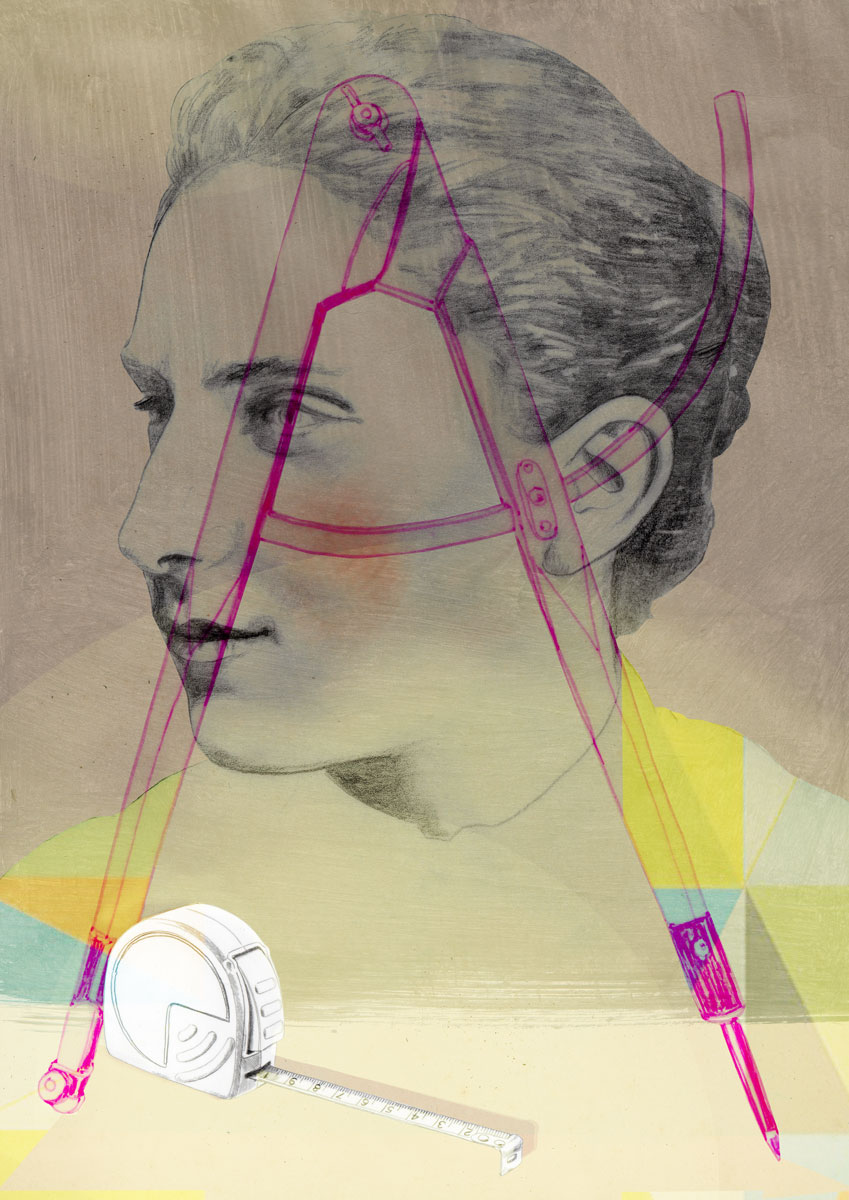
Emilie Winkelmann
Emilie Winkelmann| First female freelance architect in Germany
* 08 May 1825 in Aken | + 04. August 1951 at the Hovedissen estate near Bielefeld
Passion and dedication can unleash incredible forces within us. For Emilie Winkelmann, a love of architecture inspired her life’s work.
Emilie was a rebel who went to university when women were not allowed to attend. Being bold and determined, she managed to access the education she wanted and went on to become a celebrated architect.
As a youngster in her grandfather’s building supplies shop, Emilie came to love all of the materials used for building houses. She trained in carpentry and decided to become an architect. Fearless and clever, Emilie chose to ignore the fact that women were not allowed to enrol in university courses, only being admitted as guest students. Being of course fully aware of this, Emilie enrolled at Hanover Technical University as E. Winkelmann. She broke the rules, followed her professional calling, and went by the name of Emil during her entire time as a student. It was only shortly before the final state exam that the university found out that they had been misled. Emilie was forced to leave university without a degree.

Even without being granted qualifications for her studies, Emilie devoted her life to architecture and made a name for herself in the field. She was the first self-employed female architect in Germany to open her own office, which at times engaged up to 15 employees. In 1907, she won the first prize in an architectural competition to design a Berlin-based theatre with a ballroom. Commissions for villas and country houses in Berlin soon followed. As a member of the Lyceum Club – the leading women’s club in Berlin at the time – she earned many of her commissions via the women’s movement. Her business flourished. Emilie’s most important buildings include the ‘Viktoria-Studienhaus’, the first female student dormitory in Europe built in 1915, as well as the ‘Haus in der Sonne’ (House in the Sun) in Potsdam-Babelsberg, a residential building for retired single women.
Emilie was ahead of her time. The buildings she designed continue to be regarded as remarkably modern even today and many have been awarded heritage protection status. From after the Second World War until the end of her life, she worked in reconstruction and housing refugees and the homeless in the wake of the war.
Emilie was a feminist pioneer who pursued her own path to emancipation and education. She never let a lack of titles or recognition hold her back. A brilliant woman who, despite all odds, achieved a phenomenal amount in her life.